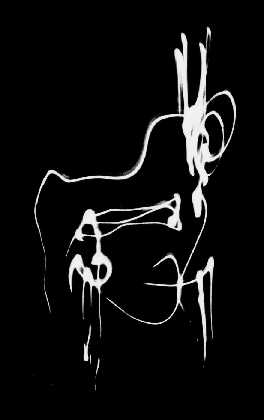Protetto: The home. ‘Interiors’ – An imaginary journey through photography on the idea of home and illness/handicap to give form to the invisible (mindfulness and/or catharsis?)ultima modifica: 2017-11-02T22:00:25+01:00da
Reposta per primo quest’articolo
